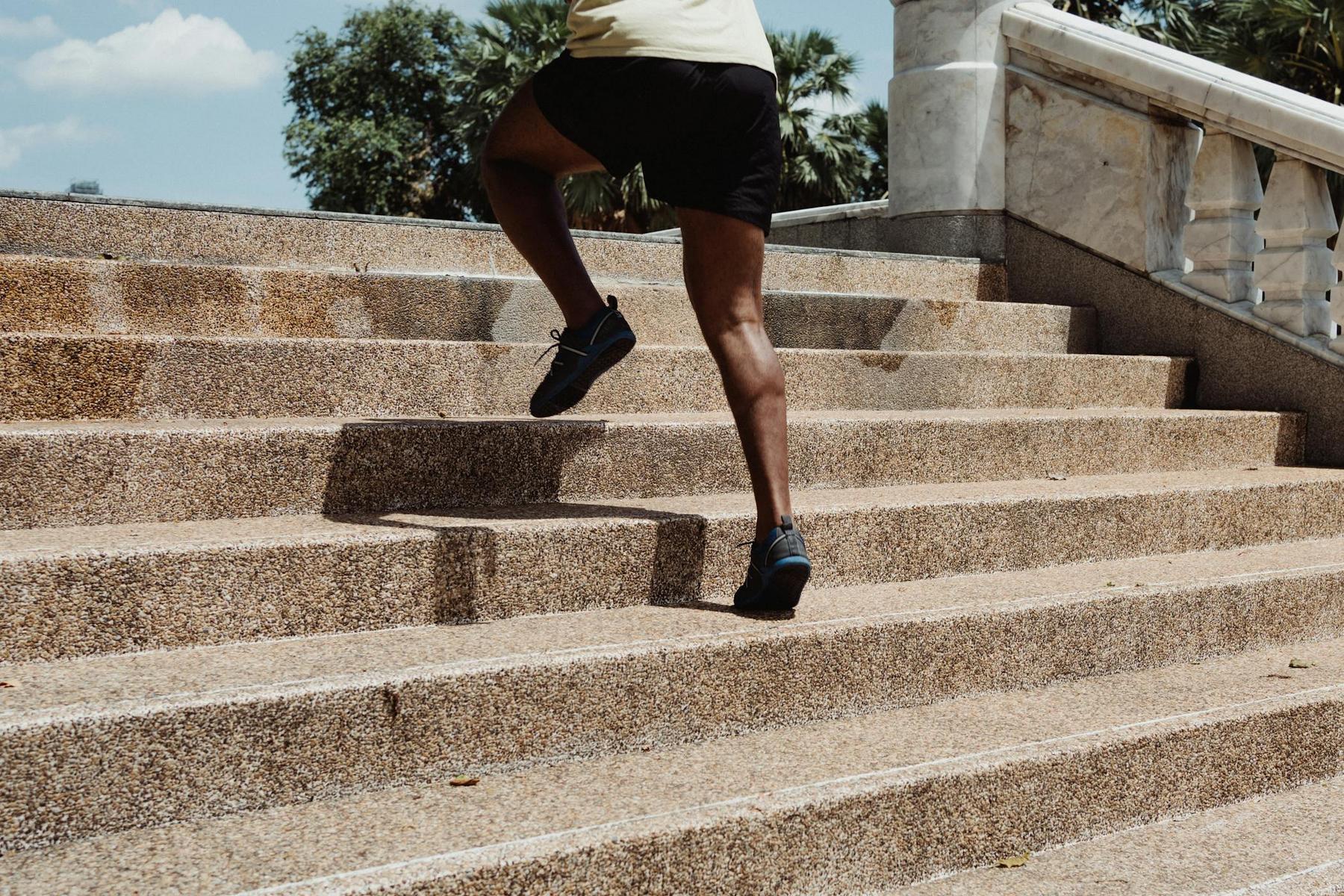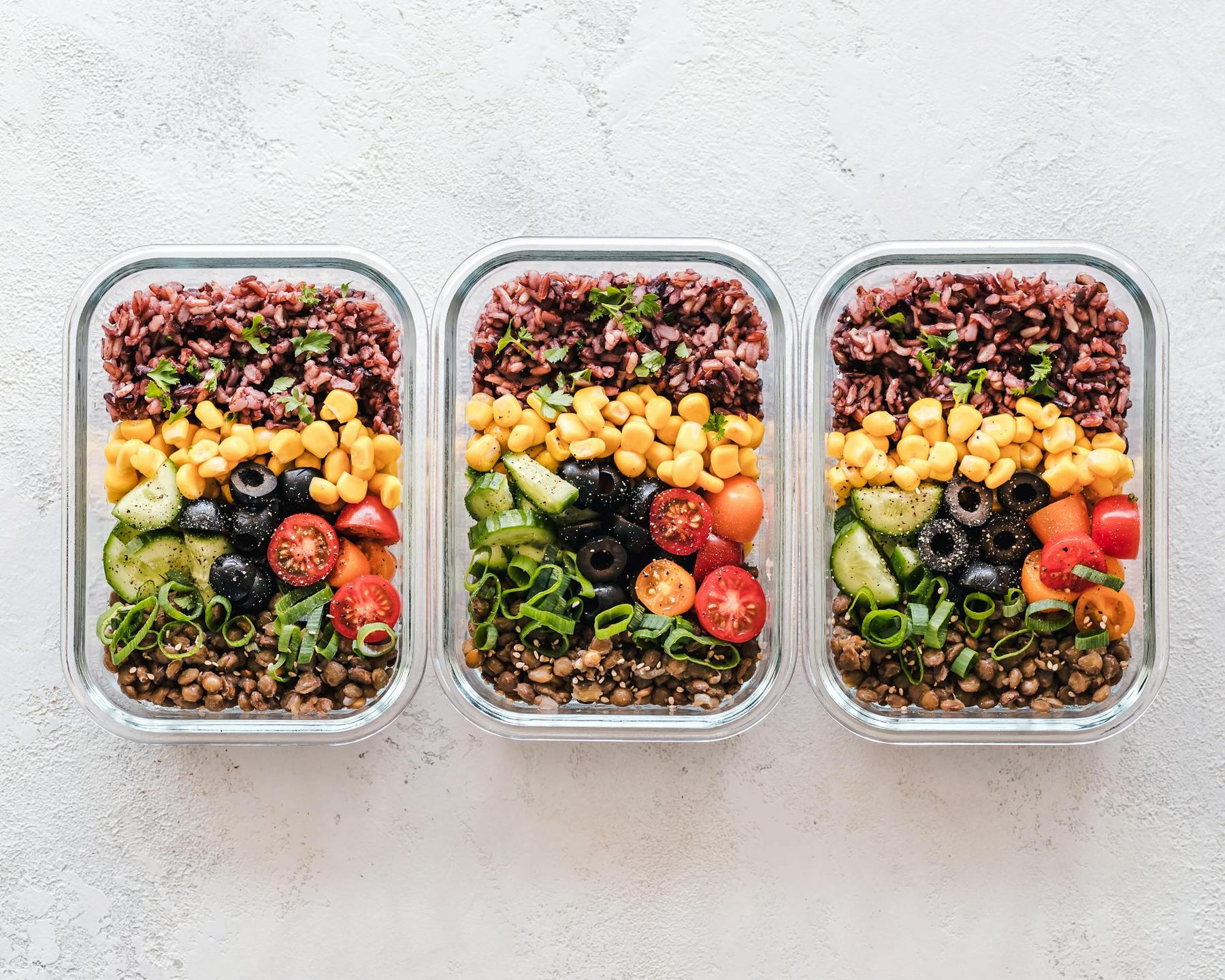In Australia, over 50% of adults fail to meet recommended physical activity guidelines despite understanding the health benefits of regular exercise. The gap between intention and action often stems from time constraints, accessibility issues, or the perception that effective exercise requires a gym membership. However, contemporary exercise science reveals that incidental physical activity—the unplanned movements inherent to daily living—can yield comparable health benefits to structured workouts when strategically incorporated throughout your day.
This comprehensive guide examines research-backed approaches to increasing your daily movement without setting foot in a gymnasium, transforming ordinary activities into opportunities for meaningful physical engagement.
Why Is Increasing Non-Gym Physical Activity So Effective?
Traditional exercise paradigms emphasize dedicated workout sessions, but emerging research validates the “activity snacking” approach. A landmark 2025 study demonstrated that accumulating short bursts of movement throughout the day produces cardiovascular improvements comparable to continuous gym-based exercise.
The science behind this phenomenon involves non-exercise activity thermogenesis (NEAT)—energy expended during non-deliberate physical activities. Impressively, achieving 35 kJ/kg/day through routine tasks correlates with a 49% reduction in cardiovascular mortality risk.
“Regular movement distributed throughout the day maintains metabolic flexibility and prevents the detrimental effects of prolonged sedentary behaviour,” notes the Australian Department of Health in their 2024 Physical Activity Guidelines, which confirm that the recommended 150 minutes of moderate-intensity activity weekly can be accumulated through segments as brief as 5-10 minutes.
This approach particularly benefits those with time constraints, physical limitations, or psychological barriers to traditional exercise environments.
How Can You Transform Your Daily Commute Into a Fitness Opportunity?
Active transportation represents one of the most significant opportunities to incorporate meaningful movement into daily routines without additional time investment.
Reimagining Short-Distance Travel
Research indicates that replacing motorised transport for trips under 2 kilometres could add 45 minutes of activity daily—totalling 315 weekly minutes, which exceeds guideline thresholds. Consider these evidence-based strategies:
Conduct a personal walkability audit: Map destinations within an 800-metre radius (approximately a 10-minute walk) from your home or workplace. Sydneysiders who walk 1.6 kilometres to complete five errands burn 112 kilocalories versus just 18 kilocalories when driving the same route.
Explore cycling infrastructure: E-bikes make cycling accessible for longer commutes, providing moderate-intensity activity (5.0 METs) without excessive exertion over distances up to 10 kilometres. Population studies show that increasing cycling mode share to 15% correlates with BMI reductions of 1.1 kg/m² across communities.
Optimise public transport use: Transit users inherently walk 19% more steps daily than drivers. Strategic modifications such as disembarking one stop earlier can add 1,200 steps (approximately 0.9 kilometres) per workday, accumulating to 6 additional kilometres weekly.
“The most sustainable exercise is the activity that seamlessly integrates into existing routines,” emphasises urban mobility research. “Commute-based movement requires no additional time allocation while delivering consistent health benefits.”
What Home-Based Activities Provide Significant Physical Benefits?
Domestic environments offer numerous opportunities to incorporate meaningful movement without dedicated exercise time.
Household Chores as Functional Training
Biomechanical analysis reveals that common household tasks engage multiple muscle groups while elevating heart rate:
High-intensity interval cleaning: Alternating 20 seconds of maximal-effort scrubbing with 40 seconds of moderate pacing burns 8.2 kilocalories per minute—exceeding the 6.8 kilocalories expended during moderate treadmill jogging.
Gardening metabolic circuit: Rotating between digging (5.0 METs), raking (4.3 METs), and pruning (3.8 METs) creates a full-body resistance training session that expends 244 kilocalories per hour for a 70-kilogram individual.
Active childcare: Parents can transform playtime into exercise through interactive games. Twenty minutes of “soccer-tag” hybrid play yields 11.7 METs—equivalent to competitive sports—while stroller fitness that incorporates lunges (3.5 kilocalories per repetition) during walks adds 180 kilocalories per 30-minute session beyond baseline expenditure.
The cumulative impact of these activities explains why populations with high occupational NEAT maintain BMI scores 2.3 points lower than sedentary counterparts despite identical gym attendance rates.
How Can You Engineer Movement Into Your Workspace?
For office workers, the workplace represents a critical environment for counteracting sedentary behaviour and increasing daily activity.
Strategic Workspace Modifications
Evidence-based interventions can transform static work environments into dynamic movement opportunities:
Implement standing desk protocols: Alternating 30 minutes of standing with 30 minutes of sitting boosts daily energy expenditure by 54 kilocalories—potentially contributing to 9,180 kilocalories of additional expenditure annually.
Schedule movement breaks: Two-minute “activity snacks” (performing calf raises or desk push-ups) every hour improve glucose metabolism by 39% compared to uninterrupted sitting. A 2025 randomised controlled trial demonstrated that three 5-minute stair-climbing sessions (60 steps/minute) daily improved VO₂max by 12% in sedentary adults—matching outcomes from gym-based treadmill protocols.
Restructure meetings: Converting 50% of sit-down meetings to walking formats adds approximately 3,500 weekly steps—accumulating to 140 kilometres annually. Additionally, standing during telephone calls burns 1.36 times more calories than seated conversations, while pacing increases expenditure by 2.78 times.
The table below compares energy expenditure of common workplace activities:
| Activity | Energy Expenditure (METs) | Kilocalories/Hour (70kg person) |
|---|---|---|
| Seated work | 1.5 | 105 |
| Standing work | 2.3 | 161 |
| Walking meeting (slow pace) | 3.0 | 210 |
| Stair climbing | 7.0 | 490 |
| Two-minute hourly exercises | 4.5 | 315 (if continuous) |
“Workplace movement engineering represents a significant opportunity for population-level activity improvement,” notes occupational health research. “With Australians spending one-third of their lives at work, even modest activity increases in this environment yield substantial health benefits.”
Which Technology Tools Enhance Non-Gym Physical Activity?
Digital innovations provide unprecedented opportunities to increase awareness, motivation, and engagement with everyday movement.
Wearable Devices and Movement Applications
Technology-based interventions demonstrate measurable impact on activity levels:
Step-count challenges: Workplace competitions using wearable device data increase daily steps by an average of 2,400 (approximately 1.8 kilometres), with social accountability enhancing adherence.
Posture alerts: Smartwatches programmed to vibrate during 30-minute sedentary periods reduce sitting time by 38 minutes daily through simple movement reminders.
Gamified movement applications: Digital platforms transform mundane activities into engaging experiences. Research shows Pokémon GO users average 26% more steps daily than non-players, maintaining an increase of 4,800 steps over six months, while audio-adventure applications convert 5-kilometre walks or runs into immersive story-driven missions.
Virtual reality fitness: Emerging evidence indicates VR exercise sessions average 8.2 METs—surpassing the intensity of tennis while offering convenient home-based options that eliminate transportation barriers.
“Technology bridges the intention-action gap through real-time feedback, social connection, and gamification elements,” explains behavioural science research. “These digital tools transform abstract health goals into concrete, measurable activities.”
How Can Urban Environments Support Increased Physical Activity?
Environmental design significantly influences movement patterns through both subtle and explicit cues.
Leveraging Public Infrastructure
Strategic utilisation of existing urban resources enhances activity opportunities:
Staircase optimisation: Well-lit, centrally positioned staircases with art installations increase utilisation by up to 300% compared to standard fire exit routes. Motivational signage highlighting calorie expenditure increases stair choice by 29% over escalator or lift use.
Public space activation: Outdoor gym installations in parks yield 73% weekly usage rates—comparable to membership facilities but without access barriers. Balance beams, climbing walls, and other playful infrastructure integrated into walking paths increase incidental exercise by an average of 18 minutes per visit.
Community-based initiatives: Free weekly organised activities like parkrun events attract over 312,000 Australians monthly, providing structured social exercise without membership fees. Dance meetups offering styles like salsa (6.3 METs) improve cardiovascular health equally to moderate cycling while developing coordination and social connections.
“The built environment either facilitates or hinders physical activity through design,” urban planning research emphasises. “Creating activity-permissive spaces removes barriers to movement while providing social permission to engage physically with public areas.”
How Can You Integrate These Strategies Into Your Daily Routine?
Successful implementation requires systematic rather than sporadic application. Consider these practical approaches to sustainable integration:
- Conduct a movement audit: Track your daily routine for one week, identifying sedentary periods exceeding 30 minutes. These represent prime opportunities for activity interventions.
- Establish environmental triggers: Link specific movements to existing habits—for example, performing five squats while waiting for the kettle to boil or calf raises during teeth brushing.
- Create activity zones: Designate spaces in your home for specific movements, such as placing resistance bands near the television or a yoga mat beside your bed for morning stretching.
- Develop movement competence: Master fundamental movements like proper squatting, lunging, and pushing to ensure efficient and safe execution during daily activities.
- Implement progressive loading: Gradually increase intensity by adding resistance, repetitions, or complex movement patterns to prevent adaptation plateaus.
Research demonstrates that individuals who successfully maintain increased activity levels typically anchor new behaviours to existing routines rather than attempting wholesale lifestyle reorganisation.
The Cumulative Impact of Movement Integration
When systematically implemented, these evidence-based strategies transform the activity paradigm from exercise-as-special-event to movement-as-lifestyle. The 2025 UK Biobank study confirms that four-minute vigorous activity “snacks” confer equivalent cardiovascular benefits to 30-minute gym sessions when accumulated throughout the day.
This approach provides accessible pathways for diverse populations to achieve health guidelines without gym dependence, time limitations, or specialised equipment. The resulting movement-rich lifestyle develops not only physical capacity but also environmental awareness, social connection, and psychological wellbeing.
By reconceptualising physical activity as an integrated component of daily life rather than a separate obligation, sustainable behaviour change becomes achievable for even the most time-constrained individuals.
How much daily activity do Australian health guidelines recommend?
Australian health guidelines recommend 150-300 minutes of moderate-intensity physical activity or 75-150 minutes of vigorous activity weekly, acknowledging that the activity can be accumulated in sessions as brief as 5-10 minutes throughout the day.
Can short bursts of activity really replace longer gym workouts?
Yes. Research shows that accumulated short bursts of activity provide comparable cardiovascular benefits to continuous sessions when the total volume matches, as demonstrated by a 2025 study with stair-climbing sessions.
Which everyday activities burn the most calories?
Everyday activities such as stair climbing, vigorous gardening, brisk walking while carrying shopping bags, and high-intensity housework burn significant calories, often comparable to moderate treadmill jogging.
How can I stay motivated to maintain increased daily activity?
Technology-supported approaches like step-count challenges, gamified movement apps, and community-based exercises enhance motivation by providing real-time feedback, social accountability, and engaging experiences.
Can increased daily activity help with weight management?
Yes. Increased non-exercise activity thermogenesis (NEAT) has been linked to better weight management, with studies showing that individuals with higher daily activity tend to have lower BMI scores.



